Elbow Flexors- Anatomy and Exercise
Introduction to Elbow Flexors
The flexor group – including the brachialis, biceps brachii, and brachioradialis bend the arm by decreasing the angle between the forearm and upper arm. The brachialis is the primary flexor of the elbow and is found mainly in the upper arm between the humerus and the ulna.
Superficial to the brachialis is the long biceps brachii muscle that runs anterior to the humerus from the scapula to the radius. The biceps mostly function as a flexor at the elbow, but it is also able to supinate the forearm and turn the palm of the hand anteriorly.
Although it is found mostly in the forearm, the brachioradialis is the third flexor muscle of the elbow, running from the distal end of the humerus to the distal end of the radius.
Anatomy of Elbow Flexors
1. Brachialis Muscle
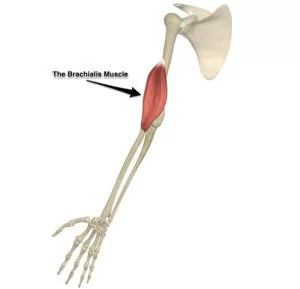
Origin
It originates from the lower half of the front of the humerus and the anterior border and the medial and lateral intermuscular septa.
Insertion
It inserts on the corocoid process and ulnar tuberosity and the rough anterior surface of the coronoid process of the ulna
Nerve Supply
It is supplied by Musculocutaneous nerve (motor) and radial nerve (propioceptive)
Action
It acts as a flexor of the elbow joint.
2. Biceps Brachii Muscle
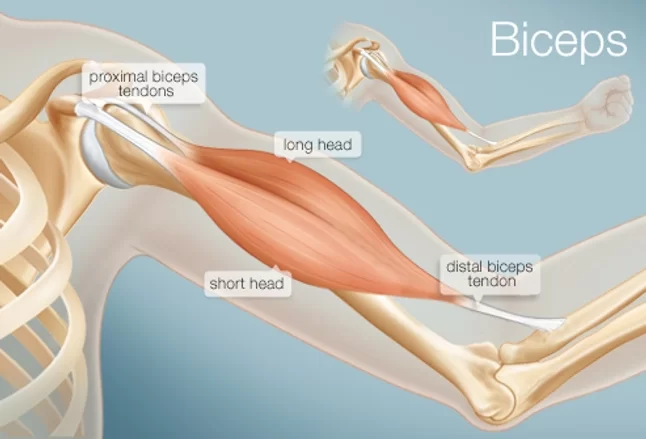
Origin
It has two heads of origin
a. The short head arises with coracobrachialis from the tip of corocoid process.
b. The long head arises from the supraglenoid tubercle of the scapula and from the glenoid labrum.
Insertion
It inserts on the radial tuberosity and bicipital aponeurosis into deep fascia on the medial part of the forearm.
Nerve Supply
It is supplied by the Musculocutaneous nerve (C5-C7).
Action
It acts as – a strong supinator when the forearm is flexed
– flexor of the elbow.
3. Brachioradialis Muscle
Origin
It originates from the lateral supracondylar ridge of the humerus.
Insertion:
It inserts on the distal radius.
Nerve Supply
It is supplied by the radial nerve.
Action
It acts as an elbow flexor and also as a supinator and pronator of the radioulnar joint at 90`.
Clinical importance
ELBOW FLEXION INJURY
Elbow flexion is considered impaired when you can’t flex your elbow as much as you want to. You may not be able to flex it enough to perform an activity like combing your hair or bringing food to your mouth. Sometimes you can’t flex it at all.
There are few activities that may cause flexion injury. The activities are as follows:
- Repetitive motion at work or doing hobbies like knitting: bursitis
- Playing tennis or golf: tendonitis (tennis elbow, golfer’s elbow)
- Leaning on your elbows for a long time: nerve entrapment (cubital tunnel syndrome)
- Falling on an outstretched arm (dislocation, fracture)
- Swinging or lifting a small child by the forearm: dislocation (nursemaid’s elbow)
- Taking a hard hit to your elbow playing a sport like football or hockey: (fracture)
- Playing sports where you have to throw a ball or use a racquet (sprain)
SYMPTOMS:
- Pain that interferes with your ability to use your arm for daily activities like getting dressed and cooking
- Numbness, tingling, or burning sensation from a nerve entrapment syndrome
- Weakness in your arm and hand
- Swelling in your elbow
CAUSES:
- Inflammation
- Injury
- Elbow contracture
- Erb’s palsy
TREATMENT:
- Ice or hot compress
- Physical therapy
- Rest
- Over-the-counter anti-inflammatories
- Stopping or modifying the repetitive movement causing the problem
- An elbow brace
- Corticosteroid injection
STRENGTHENING EXERCISE OF ELBOW FLEXORS
1. Static Biceps
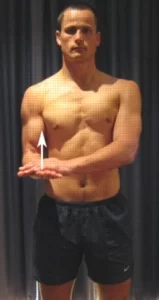
- Begin this exercise with the elbow at the side and bent to 90 degrees with palm up.
- Push up against the other hand tightening the biceps.
- Hold for 5 seconds and repeat 10 times as hard as possible without pain.
2. Resisted band Supination
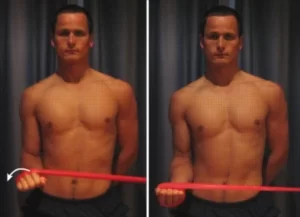
- Begin this exercise with a resistance band around the hand.
- The elbow should be rested at the side and bent to 90 degrees.
- Slowly rotate the forearm against the resistance band so the palm faces up.
- Perform 3 sets of 10 repetitions as far as possible and be comfortable without pain.
3. Resisted band Pronation
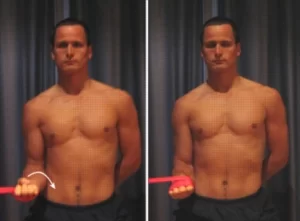
- Begin this exercise with a resistance band around the hand.
- The elbow should be rested at the side and bent to 90 degrees.
- Slowly rotate the forearm against the resistance band so the palm faces down.
- Perform 3 sets of 10 repetitions as far as possible and comfortable without pain.
4. Resisted band Biceps curl
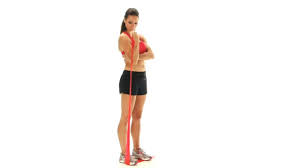
- Begin this exercise with a resistance band under the feet and around the hands.
- The back and elbows should be straight.
- Slowly bend the elbows against the resistance band tightening the biceps.
- Perform 3 sets of 10 repetitions as far as possible and comfortable without pain.
STRETCHING EXERCISE of ELBOW FLEXORS
1. Seated Biceps Stretch
For this stretch, keep the head, neck, and spine in one line. Avoid slumping or arching the back. In addition to the biceps, the stretch will also feel in the shoulders and chest.
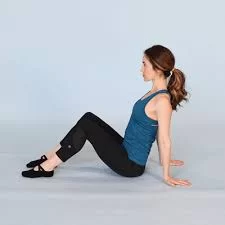
- Sit with bent knees and the feet flat on the floor in front of the hips.
- Place the hands on the floor behind with the fingers facing away from the body.
- Evenly distribute the weight between the feet, buttocks, and arms.
- Slowly move the buttocks forward, toward the feet, without moving the hands.
- Hold this position for up to 30 seconds.
- Return to the starting position and relax for a few moments.
- Repeat 2 to 4 times.
2. Standing Brachioradialis Stretch
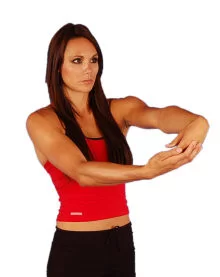
- Straighten the right arm and form a fist. Grasp the right fist in the left hand.
- Rotate the right arm until the fisted thumb points towards the body.
- Keeping the arm straight use the left hand to gently flex the right wrist. This is the same motion one would make during wrist curls, bringing the palm closer toward the forearm.
- Hold the stretch for 15 to 30 seconds, breathing normally, then repeat on the other side
3. Seated Brachialis Stretch
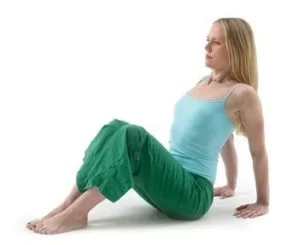
- Sit down on the floor. Straighten both arms and plant the hands on the floor behind, slightly wider than the hips. Turn the hands so that the fingers point straight back.
- Move the hips slowly forward, keeping the weight evenly distributed, until one feels mild tension in the biceps and brachialis. One might feel a stretch across the chest, too.
- Hold the stretch for 15 to 30 seconds, breathing normally, then move the hips back toward the hands to release the stretch.
- Repeat a total of three to five times.
FAQ
Which muscles are flexors of the elbow?
The main biceps used to flex the elbow are the brachii, brachialis, and brachioradialis. The main elbow extensor is the tricpes brachii. The anconeus is believed to play a role in elbow extension as well, although it also likely acts as a dynamic restraint on the elbow’s varus and posterolateral instability.
What are the common flexor tendons of the elbow?
The tendon known as the common flexor tendon is attached to the medial epicondyle of the humerus, which is the lower portion of the upper arm bone located in close proximity to the elbow joint. It acts as the higher point of attachment for the front of the forearm’s superficial muscles: ulnaris carpi flexor. Longus palmaris.
What are the 3 synergists of elbow flexion?
On movable joints, a synergistic muscle functions. The brachialis, brachioradialis, and biceps brachii are the muscles involved in elbow flexion. The primary muscle involved in elbow flexion is the brachialis. During elbow flexion, the brachialis muscle works in synergy with the brachioradialis and biceps brachii.
What is the prime mover synergist of elbow flexion?
Elbow flexion is primarily driven by the brachialis. Because it only contains muscular attachments on the ulna and not the radius, pronation and supination have little effect on it. The coracobrachialis flexes and adducts the shoulder, whereas the biceps brachii and brachioradialis work in tandem to flex the elbow.


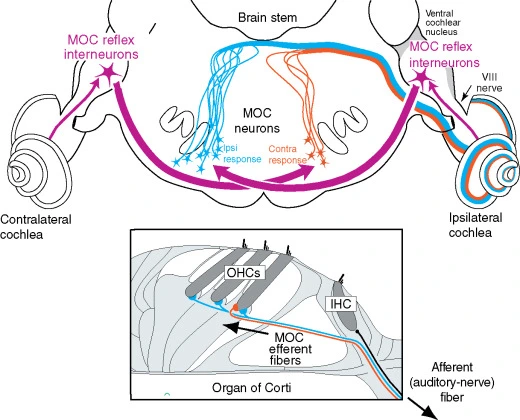

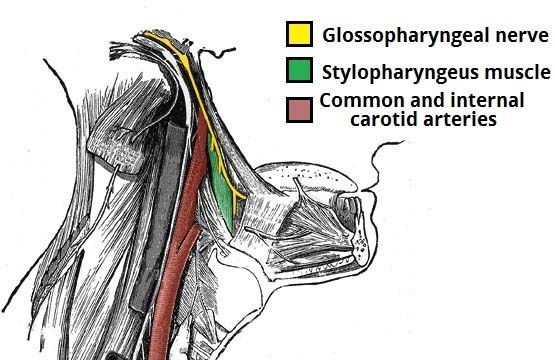
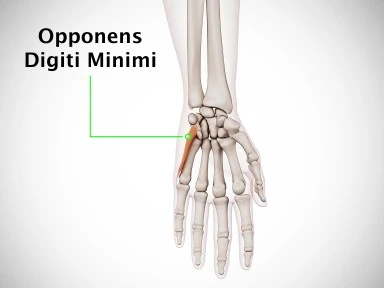
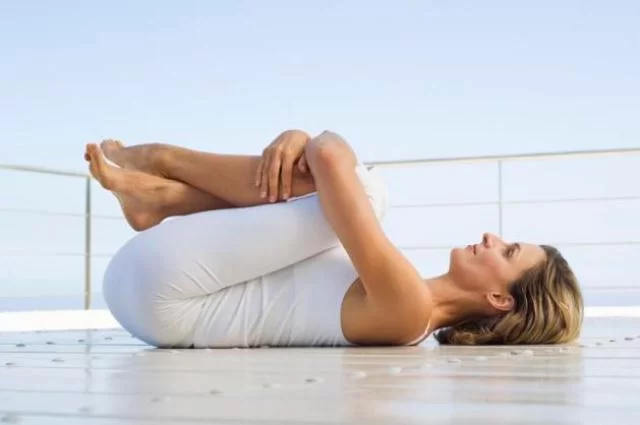
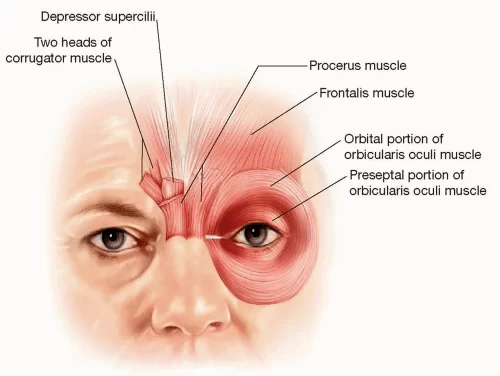
One Comment